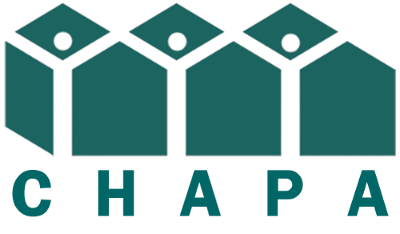Fair Housing and Equity of Assessment for Greater Boston
Prepared for the Metropolitan Area Planning Council (MAPC)
Principal Authors: Henry Korman and Bonnie Heudorfer
The Fair Housing and Equity Assessment for Metropolitan Boston (FHEA), funded through a HUD Sustainable Communities grant, is an effort to ensure that MetroFuture, the regional plan for the Metropolitan Boston region, imbeds fair housing considerations in transportation, employment, education, land use planning, environmental justice and access to housing decisions and has the tools to measure outcomes.
MetroFuture seeks to promote smart growth and regional collaboration through efficient transportation systems, conservation of land and natural resources, improvement of the health and education of residents, an increase in equitable economic development opportunities for prosperity. It also envisions a region where residents will find better housing choices; where there will be less regional segregation; where low-income households will be able to find conveniently-located housing in suburbs as well as cities; and where persons with disabilities will be able to find housing that meets their needs in terms of design, services, and affordability.
The FHEA details the many ways in which that fair housing vision and equity vision is not met today and why. It analyzes current impediments to fair housing and documents the deep segregation and white isolation in the region, even after adjusting for income, due in part to discrimination and lack of access to fair housing opportunity. It also finds that people with significant disabilities continue to live in segregated, institutional settings or inaccessible housing. These forms of regional segregation and discrimination have created deep disparities in access to quality of life opportunities. Half of the region’s affordable rental housing units are concentrated in ten municipalities, often in high poverty and low opportunity census tracts, contributing to limited access to opportunities for low income residents in the region. Patterns of segregation also result in segregated schools (62% of black and Latino children live in four municipalities, primarily in segregated neighborhoods). Large disparities in access to quality education and greater exposure to environmental hazards, neighborhood violence, and crime for people of color, with disparities in opportunity (education, housing, jobs, etc.) especially affecting Blacks and Latinos.
The FHEA describes how the public and private systems and structures through resources are allocated can reinforce or mitigate inequity and how zoning and land use practices contribute to inequity and notes that the different geographic boundaries of planning and housing efforts in the region challenge coordinated planning.
The FHEA recommends four types of implementation activities, and 23 concrete steps, that local, regional, state and federal actors should take to achieve a more equitable Metropolitan Boston region.
- To achieve fair housing equity in the region, the deployment of private and public resources must be informed by an understanding of the civil rights consequences of planning and funding decisions. Agencies must utilize data collection methods and adapt training resources to support integration of fair housing into planning and funding decisions.
- There must be vigorous, region-wide enforcement of fair housing and civil rights obligations, including not only the rooting out of discrimination, but also the duty to further the purposes of Title VIII. Agencies must allocate resources for coordinated regional enforcement of fair housing and civil rights laws and to further fair housing.
- Investments in people and places should be made from a regional perspective, and in a balanced manner that promotes opportunity and reverses conditions of disparity in both distressed locations and in communities that are exclusionary. Agencies must deploy resources regionally in a manner that balances investments in distressed and high opportunity locations to promote opportunity and reverse conditions of disparity.
- It is crucial to create sustainable connections that link people and places in ways that achieve equity. Agencies must create structural connections between people and places that advance equity.
